Table of Contents
ELEPHANT SCIENCE
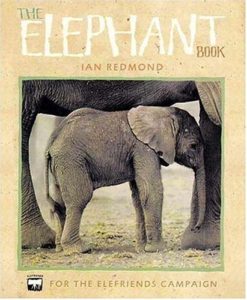 |
Ian Redmond’s 48-page The Elephant Book (Walker Books, 1991) is an excellent non-fiction overview of the elephant, illustrated with color photographs. For ages 8 and up. |
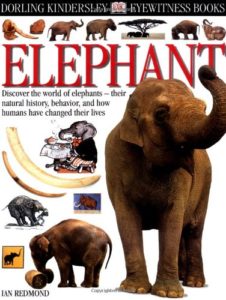
|
Ian Redmond’s Elephant (DK, 2000) is a volume in the Eyewitness series: each photo-illustrated double-page spread covers a different aspect of elephant anatomy, physiology, behavior, evolution, conservation, and more. For ages 8 and up. |
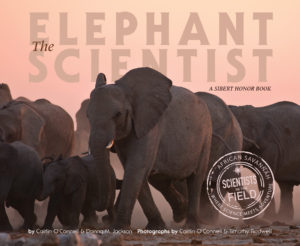
|
Caitlin O’Connell’s The Elephant Scientist (Houghton Mifflin Books for Children, 2011) in the Scientists in the Field series is the story of her own 19-year career studying elephants in Namibia, learning how they live, interact, and communicate with one another – this last in part by sensing vibrations through their feet. The book is illustrated with spectacular color photographs. For ages 10 and up. |
| For elementary-level kids, Enchanted Learning’s Elephants has background information, diagrams, coloring pages, a printable “Elephant Book,” crafts, and quizzes. | |
| The African elephant has the world’s biggest ears. |
ANCIENT ELEPHANTS
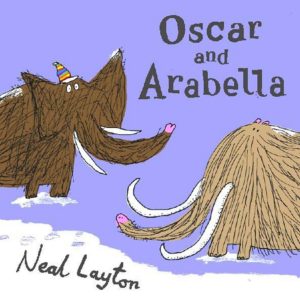
|
Neal Layton’s Oscar and Arabella are mammoths, the stars of a growing collection of delightfully funny books, all illustrated in clever ink-and-crayon scribble cartoons. In Oscar and Arabella and Ormsby (Hodder & Stoughton, 2008), for example, Oscar and Arabella’s friendship is intruded upon by Ormsby, a show-offy woolly rhinoceros; and in Hot Hot Hot (Candlewick, 2004), the woolly duo – initially happily frolicking in snow and ice – must cope with a sudden spate of warm weather. In The Mammoth Academy (Square Fish, 2010), written in chapter-book format for an older audience (ages 7-10), Oscar and Arabella, along with a host of other young Ice Age animals, start school. (Most important lesson: “Beware humans!”) Included – in highly creative and varied hand-printed fonts – are mammoth and Ice Age facts. |
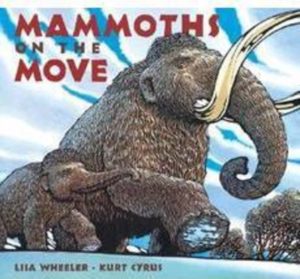
|
Lisa Wheeler’s Mammoths on the Move (Harcourt Children’s Books, 2006) is a dramatically illustrated (scratchboard and watercolor) account of a mammoth migration, with a short rhyming text. (“Fourteen thousand years ago/the north was mostly ice and snow./But woolly mammoths didn’t care -/these beasts had comfy coats of hair.”) For ages 4-7. |
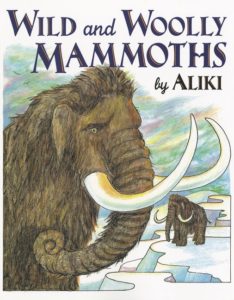 |
Aliki’s Wild and Woolly Mammoths (HarperCollins, 1998) is a beautifully illustrated non-fiction introduction, filled with intriguing information about mammoths and the Stone Age humans who hunted them. For ages 4-8. |
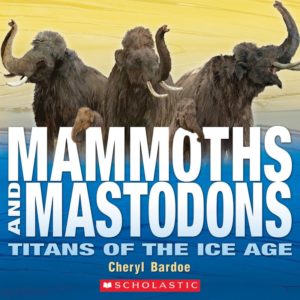
|
Cheryl Bardoe’s Mammoths and Mastodons: Titans of the Ice Age (Abrams Books for Young Readers, 2010), illustrated with maps and charts, photos of paleontological sites and relics, and artists’ depictions of mammoths and mastodons, begins with the discovery of a frozen baby mammoth in Siberia. An excellent scientific account for ages 8 and up. |
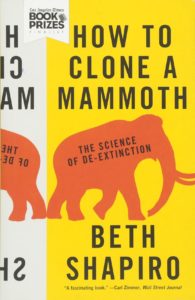
|
Beth Shapiro’s award-winning How to Clone a Mammoth: The Science of De-Extinction (Princeton University Press, 2016) is an account of the cutting-edge science that might just enable us to bring extinct animals back. For teens and adults.
Also see Ben Mezrich’s Woolly: The True Story of the Quest to Revive History’s Most Iconic Extinct Creature (Atria Books, 2018). Not T. rex. The woolly mammoth. |
| From Chicago’s Field Museum, Mammoths and Mastodons: Titans of the Ice Age is an interactive site all about elephants and their ancient ancestors. | |
| From Smithsonian magazine, Mammoths and Mastodons: All-American Monsters is a fascinating and informative article on ancient elephants for older readers. |
ELEPHANTS FOR OLDER READERS
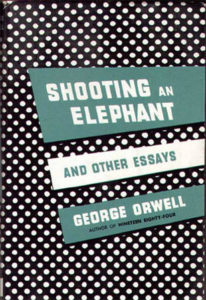 |
For teenagers, see George Orwell’s essay “Shooting an Elephant,” based on his experiences as a government official in imperial Burma in the 1930s. The essay can be found in Shooting an Elephant and Other Essays (Penguin, 2003). |
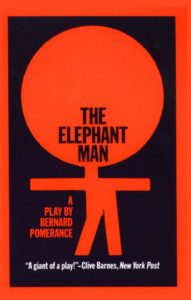
|
The life story of the grotesquely deformed John Merrick – nicknamed the Elephant Man – has been the subject of a play (The Elephant Man by Bernard Pomerance (Grove Press, 1979)); a major motion picture (The Elephant Man, 1980), starring John Hurt as Merrick and Anthony Hopkins as dedicated doctor Frederick Treves (rated PG); a documentary; dozens of scientific papers; and numerous books. Merrick (1862-1890) was exhibited as a carnival curiosity until his meeting with Treves; he and the doctor became close friends and Merrick spent the rest of his life at the London Hospital. Pomerance’s play is frequently featured on high-school-level reading lists. |
| Gene May Explain ‘Elephant Man’ Disorder is a brief reader-friendly account of new research on Proteus syndrome. |
AND A BRIEF NOTE ON THE POLITICAL ELEPHANT
 |
For an explanation of our modern political party logos, see The Democratic Donkey and the Republican Elephant. |
| From the Smithsonian, see Political Animals: Republican Elephants and Democratic Donkeys. | |
| Also see Presidents and Elections. |
